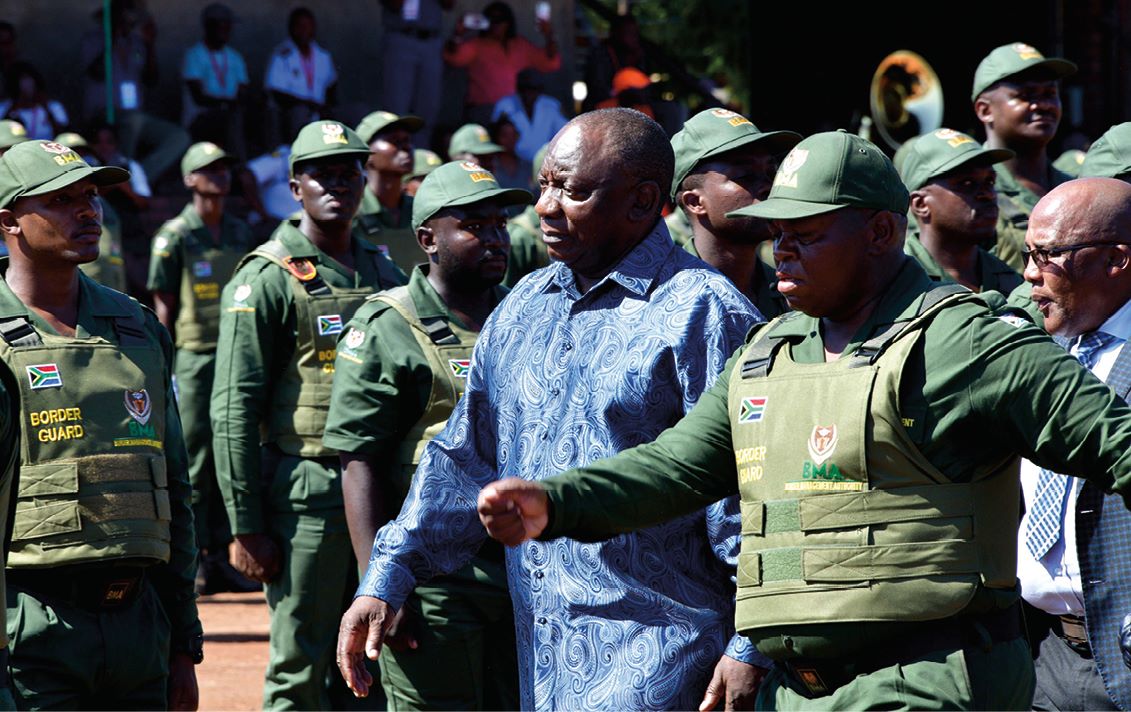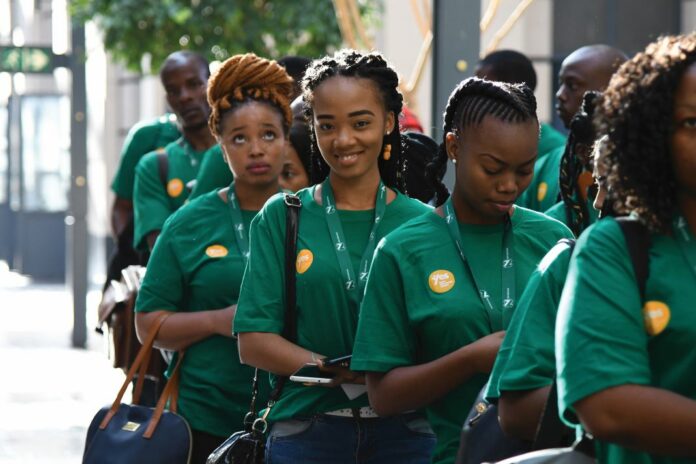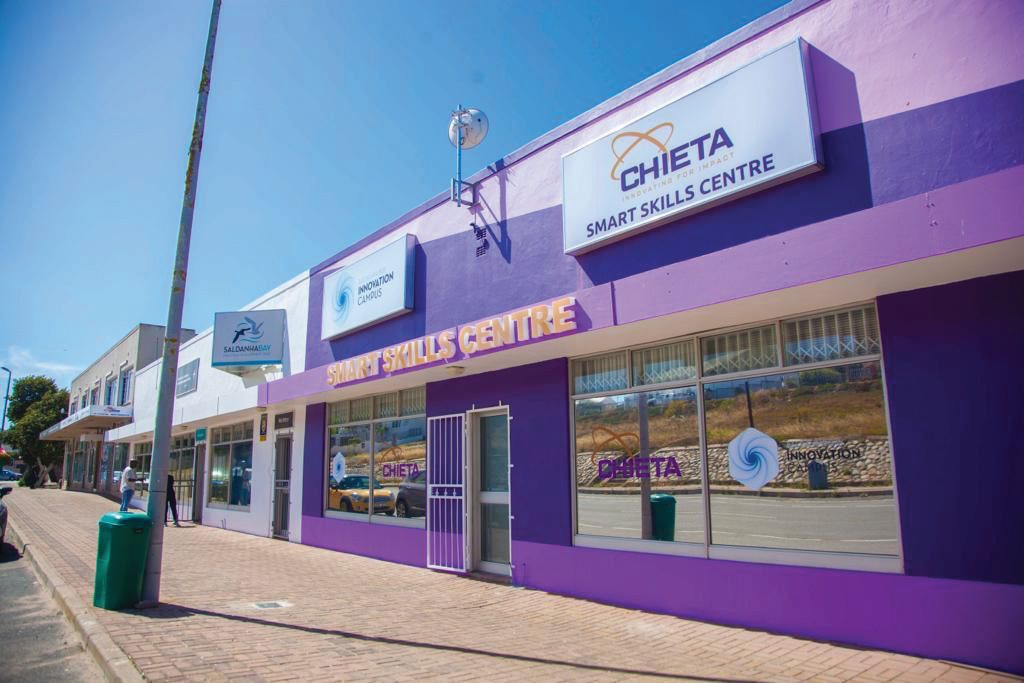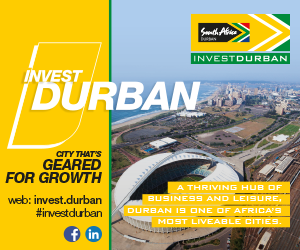The biggest tomato producer in the southern hemisphere has started planting and trading in avocados. ZZ2’s new R128-million processing facility in Limpopo for avocados and tomatoes is complete. With floor space of 11 200m² the facility is large, but then everything about ZZ2 tends to be on a big scale. The company’s website gives a figure for tomato production of 190 000 tons, a total which allows ZZ2 to cater for all market channels and income groups.
ZZ2’s new R128-million processing facility in Limpopo for avocados and tomatoes is complete.
The main operations of the company are in Limpopo but it has facilities in the Western Cape, Eastern Cape, Gauteng, North West, Mpumalanga and Namibia. ZZ2 grows a large assortment of fruits including mangoes, onions, dates, cherries, apples, pears, stone fruit, almonds and blueberries. There are ambitious plans to increase market share in avocados, a highly sought after and popular export product. A joint venture between ZZ2, Mission Produce and Criterion Africa Partners will see more than 1 000ha of avocado orchards developed, but ZZ2 will continue to develop other orchards independently. So far, the Selokwe Agri JV has planted 250ha.
The EU market has the best potential, with average per capita consumption in that area currently less than half that of the US. South Africa has an edge over Peru in that the season begins before the South American’s peak period and the aim is to supply the popular Hass variety all year round. Core Fruit has been contracted to handle the logistics and transportation of product to Europe.
According to Fruit SA, 324 000 South Africans are employed in the fresh fruit industry, which accounted for 35% (or R63-billion) of the country’s agricultural exports in 2021/22. South Africa is the world’s second-largest exporter of citrus fruit. A national export record was achieved in 2020, with 146-million cartons of fresh citrus being exported (second only to Spain).
Sugar Industry
In the sugar industry, South Africa has for a long time been used to the dominance of two large companies, Illovo and Tongaat Hulett. The latter group going into business rescue in 2020 was a major shock, not only to the many businesses which rely on the sugar producer in KwaZulu-Natal, but because the company has a long history and has become one of the biggest corporate names in the South African economy.
In 2022 seven former Tongaat Hulett senior executives appeared in court on charges of fraud for allegedly backdating sales agreements of the company’s property division to score better bonuses. The business rescue practitioners (BRP), Metis Strategic Advisors, managed to keep 2 500 employed at the company and invested more than R400-million in off-crop capital maintenance between December 2022 and April 2023.
Companies are bidding for troubled Tongaat Hulett.
In 2023, the BRP produced a statement which read, in part: “It is beyond question that the successful rescue of especially THL’s sugar operations in South Africa will save tens of thousands, possibly hundreds of thousands, of direct and indirect jobs. We take this responsibility very seriously and are confident that Tongaat Hulett has a future.” A number of bids to buy the company have been made.
The sugar industry itself faces many challenges, not least the imposition of a sugar tax and imports from countries such as Brazil, India and Thailand. Diversification is vital for the future and power generation will be an important part of that. Neither of the Big Two companies relies exclusively on South African sugar earnings: the troubled Tongaat Hulett has a big property portfolio and Illovo draws most of its profit from operations elsewhere in Africa.
A start has been made on tackling the many challenges faced by the sugar industry: the Sugarcane Value Chain Master Plan 2030 has been signed. Of the 10 443 farmers who supply Tongaat Hulett, 94% are small-scale farmers. The Illovo Small-Scale Grower Cane Development Project used 119 local contractors to develop the fields of 1 630 new growers on 3 000ha. SA Canegrowers represents 23 866 growers and is responsible for the production of 18.9-million cane tons. The Sugar Terminal at Maydon Wharf, Durban, serves 11 mills and can store more than half-a-million tons of sugar.
National assets
AgriSA states that the amount of agricultural land in South Africa in 2016 stood at 93.5-million hectares. This represents 76.3% of South Africa’s total land mass of 122.5-million hectares and about 3% less than in 1994.
A total of 70% of South Africa’s grain production is maize, which covers 60% of the cropping area of the country. KwaZulu-Natal and Mpumalanga produce sugar, but volumes are down.
The Free State Province supplies significant proportions of the nation’s sorghum, sunflower, potatoes, groundnuts, dry beans, and almost all of its cherries.
South Africa is famous for its fruit, of which 35% is citrus, 23% subtropical and nuts, 26% pome fruit, 11% stone fruit and 9% table grapes. Most of South Africa’s citrus and subtropical fruit comes from the eastern part of Limpopo. There are about 3 500 wine producers in South Africa, with the majority located in the Western Cape.
The Eastern Cape is the largest livestock province, which includes Angora goats, from whom mohair is taken. The province is the centre of the country’s mohair value chain. South Africa has a beef herd of 14-million. South Africa’s milk producers normally produce about 3.3-billion litres of milk every year.
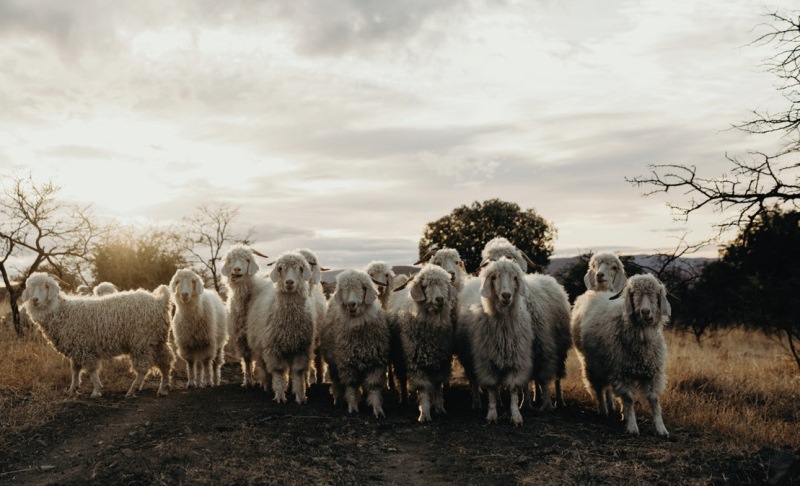



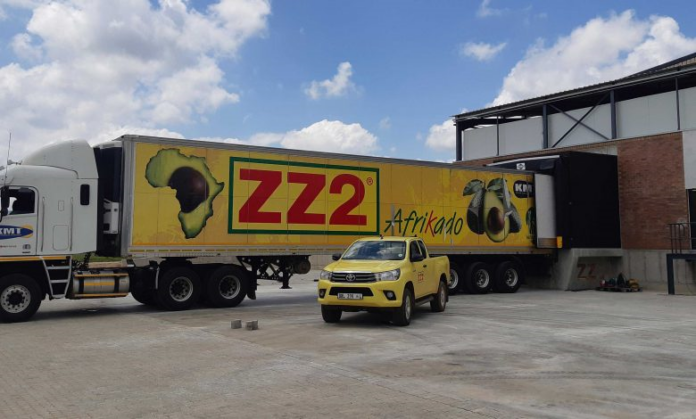

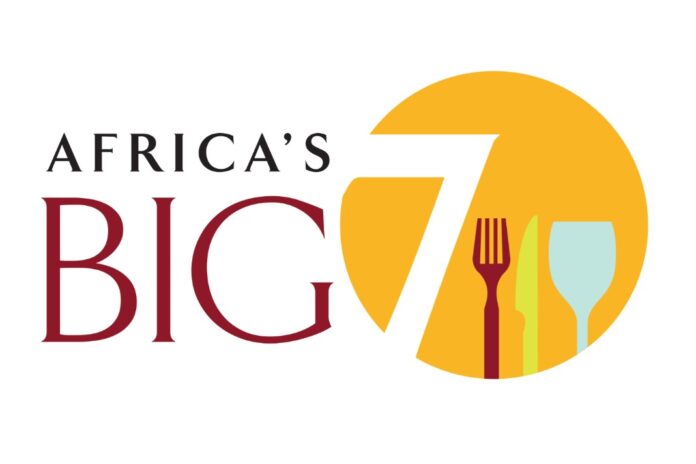


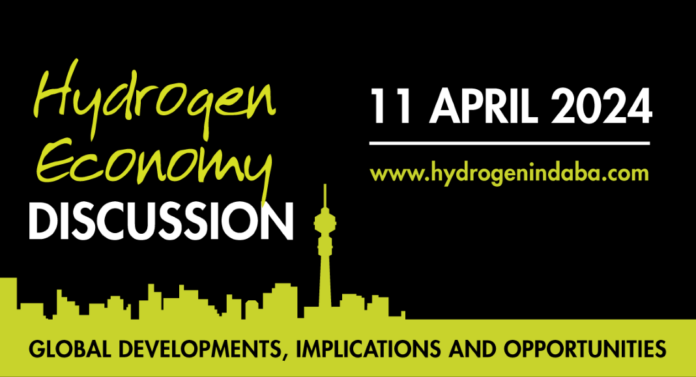

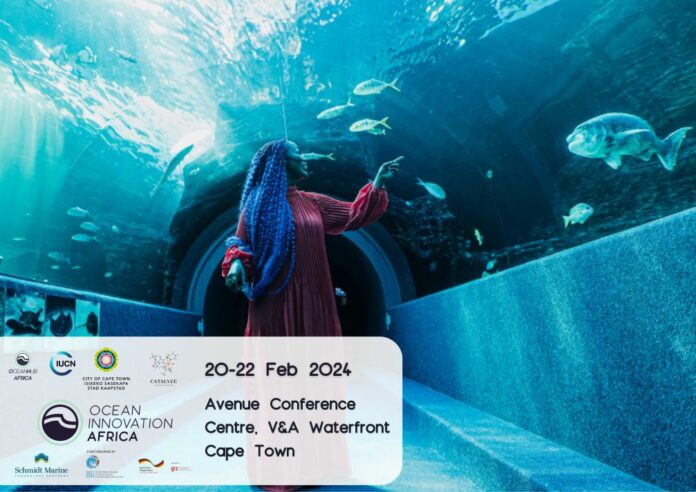


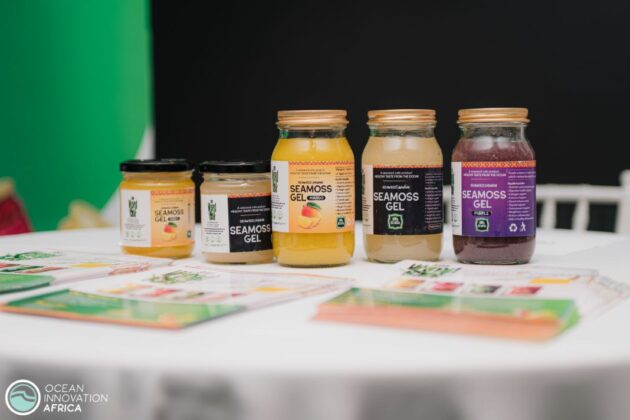

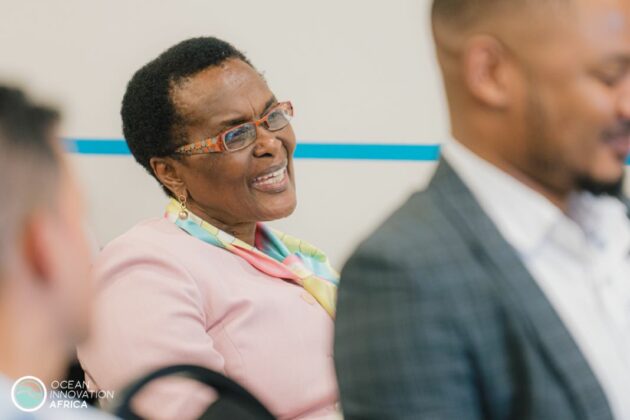


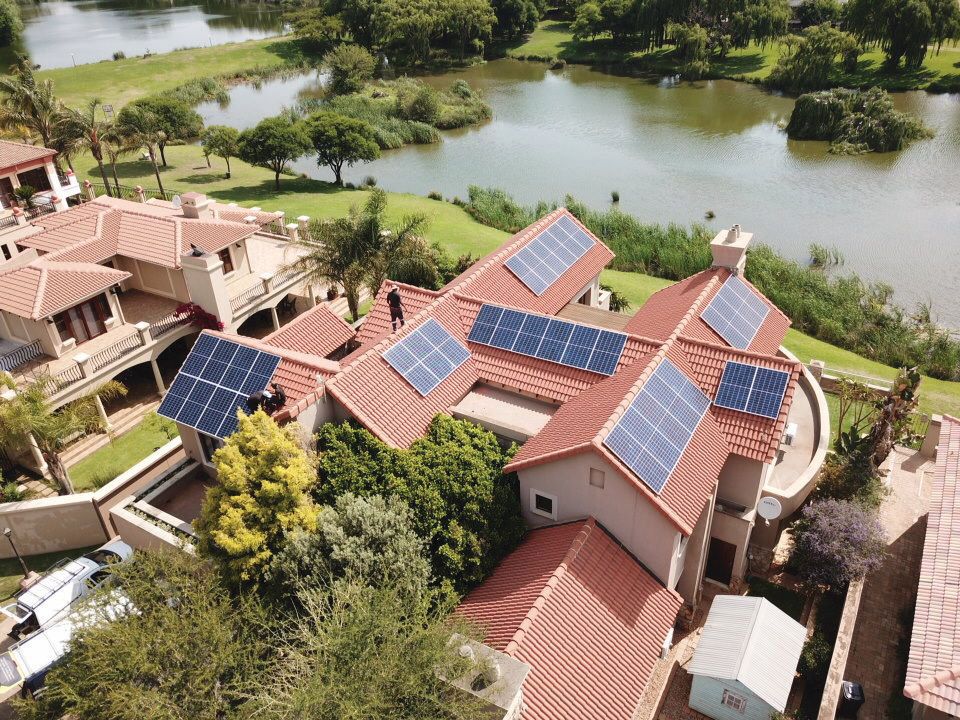
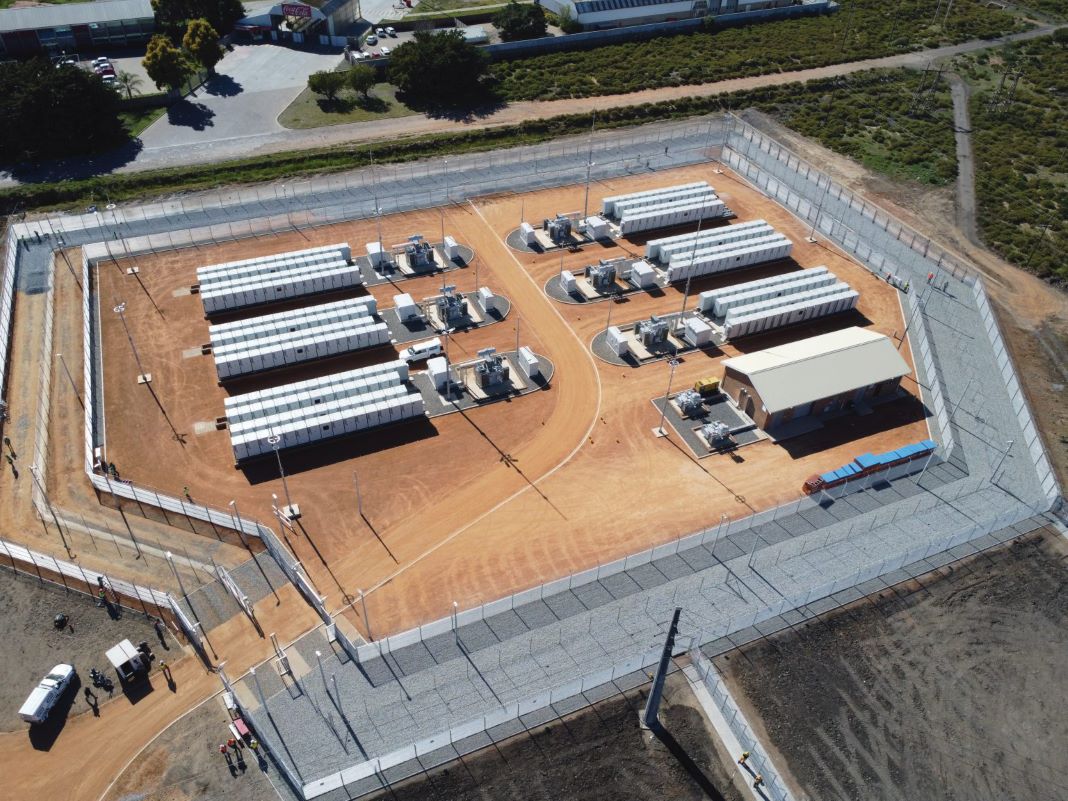

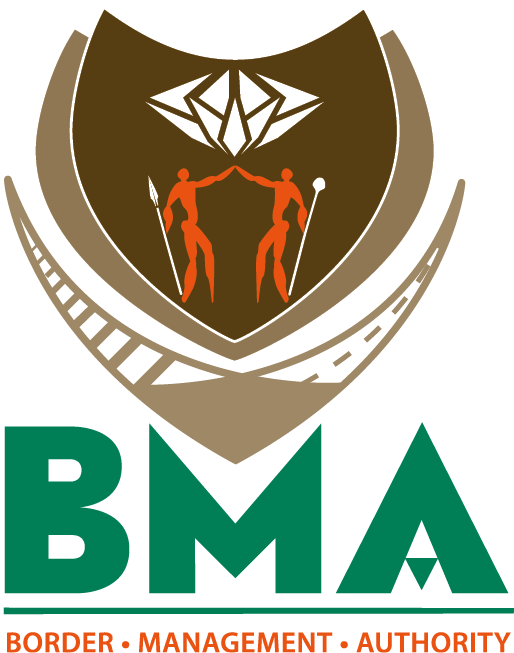 This was another benefit that brought with it some complications: greater volumes of trade created huge amounts of work for officials for a range of departments tasked with various aspects of border management and increased the possibilities for criminal activity.
This was another benefit that brought with it some complications: greater volumes of trade created huge amounts of work for officials for a range of departments tasked with various aspects of border management and increased the possibilities for criminal activity.